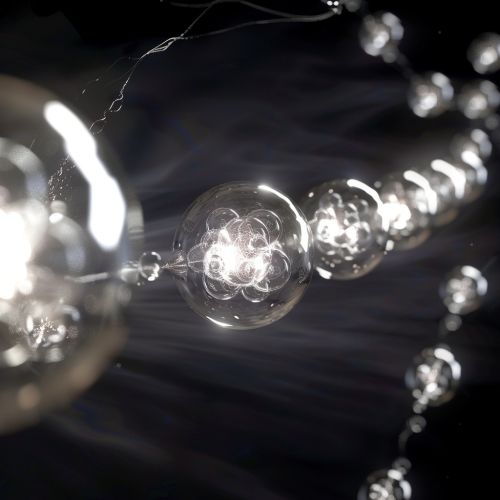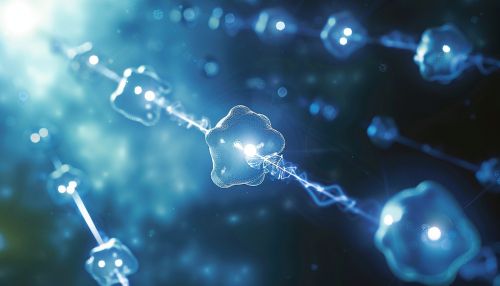Proton-proton chain
Introduction
The proton-proton chain reaction is one of two sets of fusion reactions by which stars convert hydrogen into helium, the other chain being the CNO cycle. The proton-proton chain dominates in stars the size of the Sun or smaller.
Overview
In general, proton-proton fusion can occur only if the kinetic energy (i.e., temperature) of the protons is high enough to overcome their mutual electrostatic or Coulomb repulsion.
In the Sun, deuterium-producing events are rare. Diprotons are the much more common result of proton-proton reactions within the star, and diprotons almost immediately decay back into two protons.


Proton-Proton Chain Branches
The complete proton-proton chain reaction involves several steps, which occur via several branches, or chains, in the reaction. There are three branches that occur in the Sun:
PP I branch
The PP I branch is the dominant branch in stars like the Sun. This branch is responsible for about 69% of the Sun's energy production, and 83% of the neutrino production.
PP II branch
The PP II branch is dominant in stars somewhat more massive than the Sun. This branch is responsible for about 30% of the Sun's energy production, and 17% of the neutrino production.
PP III branch
The PP III branch is dominant in stars somewhat less massive than the Sun. This branch is responsible for less than 1% of the Sun's energy production, and less than 0.01% of the neutrino production.
Energy Release
The energy released in the proton-proton chain reaction is in the form of kinetic energy of the helium-4 nucleus and two neutrinos, and gamma-ray photons. The neutrinos escape the Sun immediately, but the energy of the gamma rays is converted into heat and light in the Sun's outer layers.
Neutrinos
Neutrinos are elementary particles that are produced in the proton-proton chain reaction. They are extremely difficult to detect because they interact very weakly with matter. However, their detection provides important confirmation of the theory of stellar nucleosynthesis.
